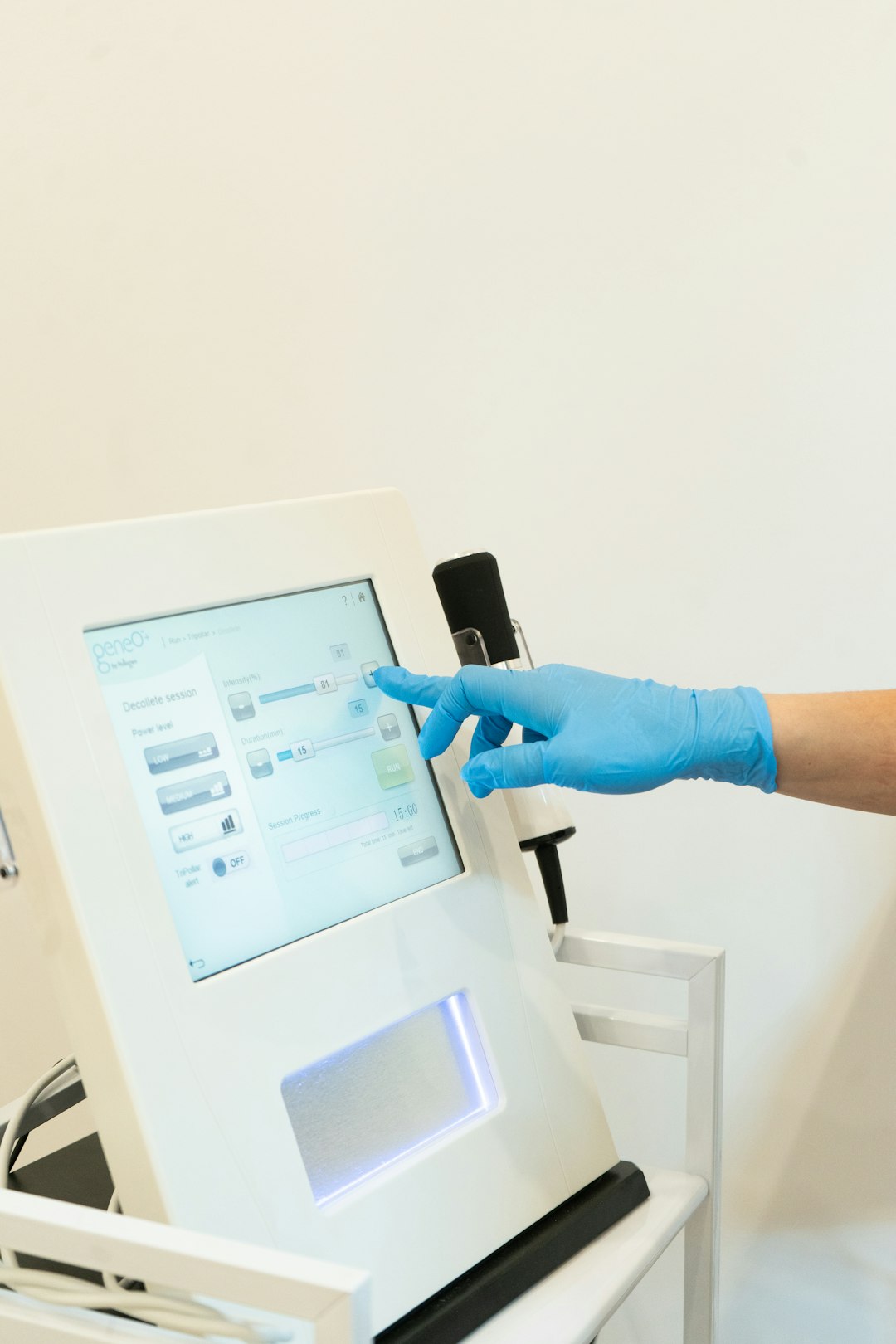Biometric data – fingerprints, facial scans, iris patterns, voice prints – is rapidly becoming ubiquitous. From unlocking our smartphones to crossing international borders, biometric authentication is transforming how we interact with technology and the world around us. But this convenience comes at a cost: our privacy. The legal landscape surrounding biometric data is a complex and ever-evolving maze, riddled with challenges regarding its collection, storage, use, and protection.
One of the biggest hurdles is the lack of consistent global regulations. Different countries have varying levels of protection for biometric data, leading to inconsistencies and potential loopholes. In some regions, robust laws exist that mandate explicit consent for the collection and processing of biometric information, while others lag behind, leaving individuals vulnerable to misuse and exploitation. This legal disparity makes it difficult for companies operating internationally to ensure compliance and protect their users’ data effectively.
Even within jurisdictions with strong data protection laws, the specific regulations governing biometric data can be ambiguous. Questions around data minimization – collecting only the necessary data – data retention policies, and the right to erasure (the “right to be forgotten”) remain contentious. The unique sensitivity of biometric data, which is inherently linked to an individual’s identity and cannot be changed, necessitates stricter safeguards than those applied to other forms of personal data.
The security of biometric data is another critical concern. Data breaches involving biometric information can have far-reaching and devastating consequences. Unlike passwords, which can be changed, compromised biometric data is irreplaceable. This necessitates robust security measures, including encryption, access controls, and regular security audits, to protect against unauthorized access and misuse. However, the technical complexity of securing biometric data presents a significant challenge, requiring constant adaptation to evolving threats.
Beyond the technical aspects, the ethical implications of biometric data usage are equally profound. Concerns around mass surveillance, bias in algorithms used to analyze biometric data, and potential for discrimination based on biometric characteristics are increasingly prominent. The use of biometric data in law enforcement raises significant questions regarding due process and the potential for misidentification. A delicate balance needs to be struck between the benefits of biometric technology and the protection of fundamental rights and freedoms.
Navigating this legal maze requires a multi-faceted approach. Individuals need to be aware of their rights and the implications of sharing their biometric data. Companies need to implement robust data protection policies and comply with all relevant regulations. Legislators need to create clear, consistent, and effective legislation that balances innovation with the protection of individual privacy. And finally, ongoing dialogue and collaboration between stakeholders are crucial to ensure that biometric technologies are developed and used responsibly, ethically, and in a way that safeguards the rights and freedoms of all. Only through careful consideration of the legal, ethical, and security implications can we truly harness the potential of biometric data while minimizing the risks.









